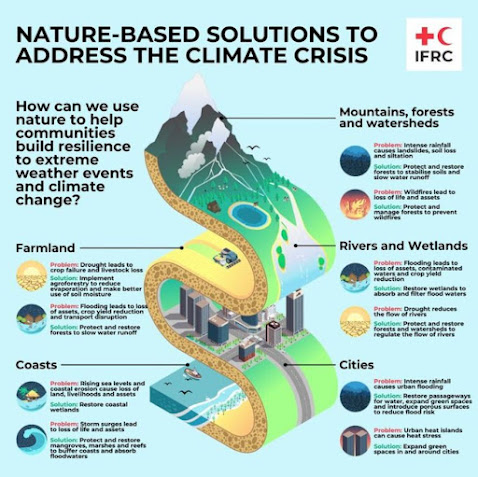Nature-Based Solutions to address the climate crisis.

How can we use nature to help communities build resilience to extreme weather events and climate change? Nature is powerful. Nature-based solutions can help address the climate crisis. And by using them, we’re protecting nature and protecting people. Follow the conversations about the current #ClimateCrisis







